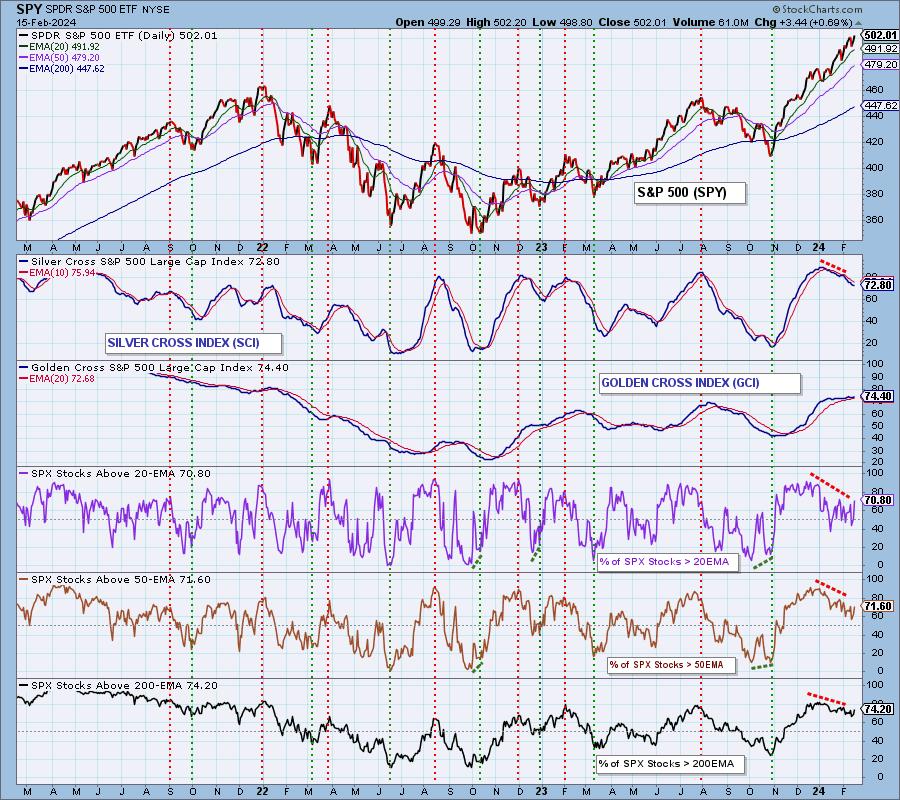Scalping, day trading, swing trading, position trading, where should a beginner start? – Trading Strategy – January 21, 2024

Scalping, day trading, swing trading, position trading There are different trading styles depending on how long a trader holds a position. Each approach has its own characteristics, advantages, and challenges.
-
Scalping:
- continue: It’s very short term. Transactions typically last from a few seconds to a few minutes.
- purpose: Profit from small price movements.
- frequency: There is a lot of trading volume per day.
- analyze: It relies heavily on technical analysis and short-term indicators.
-
Day Trading:
- continue: short-term; Trades are opened and cleared within a single trading day.
- purpose: Take advantage of intraday price movements.
- frequency: Trading begins and ends on the same day.
- analyze: Utilizes both technical and fundamental analysis of short-term market movements.
-
Swing Trading:
- continue: short to medium term; Transactions can last anywhere from a few days to several weeks.
- purpose: Captures price “swings” within an established trend.
- frequency: Trading volume is lower compared to day trading.
- analyze: Combine technical and fundamental analysis to identify trends.
-
Position Trading:
- continue: In the medium to long term; Transactions can last for weeks, months, or even years.
- purpose: Take advantage of key market trends.
- frequency: Few deals focus on the long-term outlook.
- analyze: It is mainly driven by fundamental analysis and macroeconomic perspectives.
Why should beginners do day trading?
-
Low capital requirements:
- Day trading often requires less initial capital than position trading, where significant capital can be tied up for long periods of time.
-
Faster learning curve:
- Day trading allows beginners to learn and adapt quickly while experiencing multiple market cycles in a short period of time.
-
Instant Feedback:
- Day traders receive immediate feedback on their decisions, allowing them to adjust and improve their strategies faster.
-
Reduces risk at night:
- Overnight market movements are unpredictable. Day trading reduces exposure to overnight news or events by eliminating the risks associated with holding positions overnight.
-
Psychological Benefits:
- Day trading can help traders manage psychological factors, reducing stress and emotional tension as they do not have to endure long periods of uncertainty.
Psychological Benefits and Decision Making:
-
Quick Feedback:
- Day trading provides rapid feedback on trading decisions, helping traders learn immediately from their successes and mistakes. This accelerates the learning process and builds confidence.
-
Reduce emotional burden:
- Shorter holding periods in day trading can reduce the emotional burden associated with long-term positions. Traders do not have to endure long periods of uncertainty.
-
Discipline and Focus:
- Day trading requires discipline and focus, which can improve a trader’s ability to make thoughtful decisions in a shorter period of time.
-
Risk Management Practices:
- Day trading encourages the development of effective risk management strategies, as quick decisions and tight stops are essential to mitigate losses.
Although day trading offers advantages for beginners, it is important to note that it requires a solid understanding of markets, risk management, and technical analysis. Beginner traders should start with a well-defined strategy, practice in a demo environment and then gradually transition to live trading. Like all trading styles, success in day trading requires experience and continuous learning.
While swing trading can be a viable and profitable trading style for many people, there are several reasons why it may not be the best approach for beginner traders. This does not mean that swing trading is inherently bad, but it is important to note that it does present challenges that may be more difficult for beginners to manage. Here are some reasons why beginners may find swing trading difficult:
-
Emotional control and patience:
- challenge: Swing trading requires patience as positions are held for days or weeks to capture price movements. Beginners may struggle with the emotional discipline needed to withstand market fluctuations over an extended period of time.
- danger: Impatience can lead to premature exit or entry based on short-term market noise rather than a planned strategy.
-
Risk Management Complexity:
- challenge: Risk management in swing trading involves setting stop loss levels and position sizes to take into account potential price movements that may occur over a longer period of time.
- danger: Beginners may find it difficult to determine the appropriate level of risk and may end up with larger losses than intended.
-
Night and Weekend Risks:
- challenge: Swing traders hold positions overnight or over the weekend, exposing them to market gaps and unexpected news events.
- danger: Beginners may not be fully prepared for the increased risk associated with holding positions during market closures, creating potential gaps in risk management.
-
Analysis Requirements:
- challenge: Successful swing trading often involves a combination of technical and fundamental analysis to identify trends and potential reversal points.
- danger: Beginners do not yet have the skills and experience to conduct thorough analysis, which can lead them to make suboptimal trading decisions.
-
Lack of real-time feedback:
- challenge: Swing trading is more time consuming and feedback on your trading decisions takes longer to materialize.
- danger: Beginners may find it more difficult to learn from mistakes and successes in a timely manner, resulting in a slower learning curve.
-
Capital Requirements:
- challenge: Swing trading may require larger initial capital compared to day trading due to wider stop loss levels and position sizes.
- danger: Beginners with limited capital may have difficulty managing risk effectively with swing trading.
-
Diversification Issues:
- challenge: Swing trading often involves fewer trades than day trading.
- danger: A small number of transactions can result in a lack of diversification, which can increase the impact of individual transactions on the overall portfolio.
-
Market Timing Difficulty:
- challenge: Identifying the optimal entry and exit points for swing trading requires a good understanding of market timing.
- danger: Beginners may struggle with timing their trades, leading to missed opportunities or entering at a less advantageous point.



